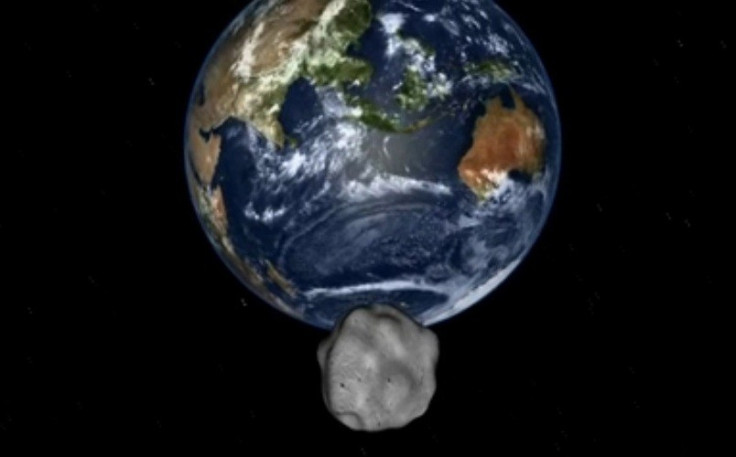KaBoom: New Era in Asteroid Defence Promised by Nasa
After Russian meteor caused chaos and 2012 DA14 just missed earth, space agency promises 'super radar'

Nasa is ploughing cash in to research for a super-radar to stop asteroid shocks similar to the recent Russia meteor.
The giant space rock which exploded in the sky above the Urals in February caused chaos and injured more than 1,000 people.
Scientists have been concerned that it was only picked up by high-tech equipment monitoring near-earth-objects a few days before it spectacularly crashed to Earth.
Cutting-edge equipment also failed to spot another potentially lethal threat, an asteroid dubbed 2013 ET, until it was well into its trajectory. That followed 2012 DA14 in February, which was spotted only shortly before it came within 17,200 miles of the planet.
But now work is under way on a "revolutionary capability" to give more than a few hours' or days' warning of a cosmic body's approach.
At the Kennedy Space Centre in Florida, KaBoom blueprints are being turned into reality. KaBoom is short for Ka-Band Objects Observation and Monitoring project.
Dr Barry Geldzahler told Universetoday.com: "KaBoom takes evolutionary steps towards a revolutionary capability. It will enable us to reach the goal of tracking asteroids farther out than we can today.
"In the end, we want a high-power, high-resolution radar system.
"If and when the proof of concept is successful, then we can envision an array of many more elements that will enable us to reach the goal of tracking asteroids farther out than we can today.
"This will give us a better chance of finding potentially hazardous asteroids," he added. "If we were to find that a NEO (near earth object) might hit the Earth, Nasa and others are exploring ways of mitigating the potential danger."
At present, technology allows Nasa to see objects from nine million miles away. It is hoped that KaBoom will be able to peer 45 million miles in to space to look for asteroids. Developers are hoping to improve resolution quality by up to 80 times.
Much asteroid detection work is carried out by a radar called Goldstone. But is is often unavailable because it tis ied up on monitoring deep space probes such as Cassini and Curiosity and the International Space Station.
KaBoom is set to start watching for dangerous space debris soon.
READ: Russia Building Anti-Meteorite Shield to Protect Earth
© Copyright IBTimes 2025. All rights reserved.




















